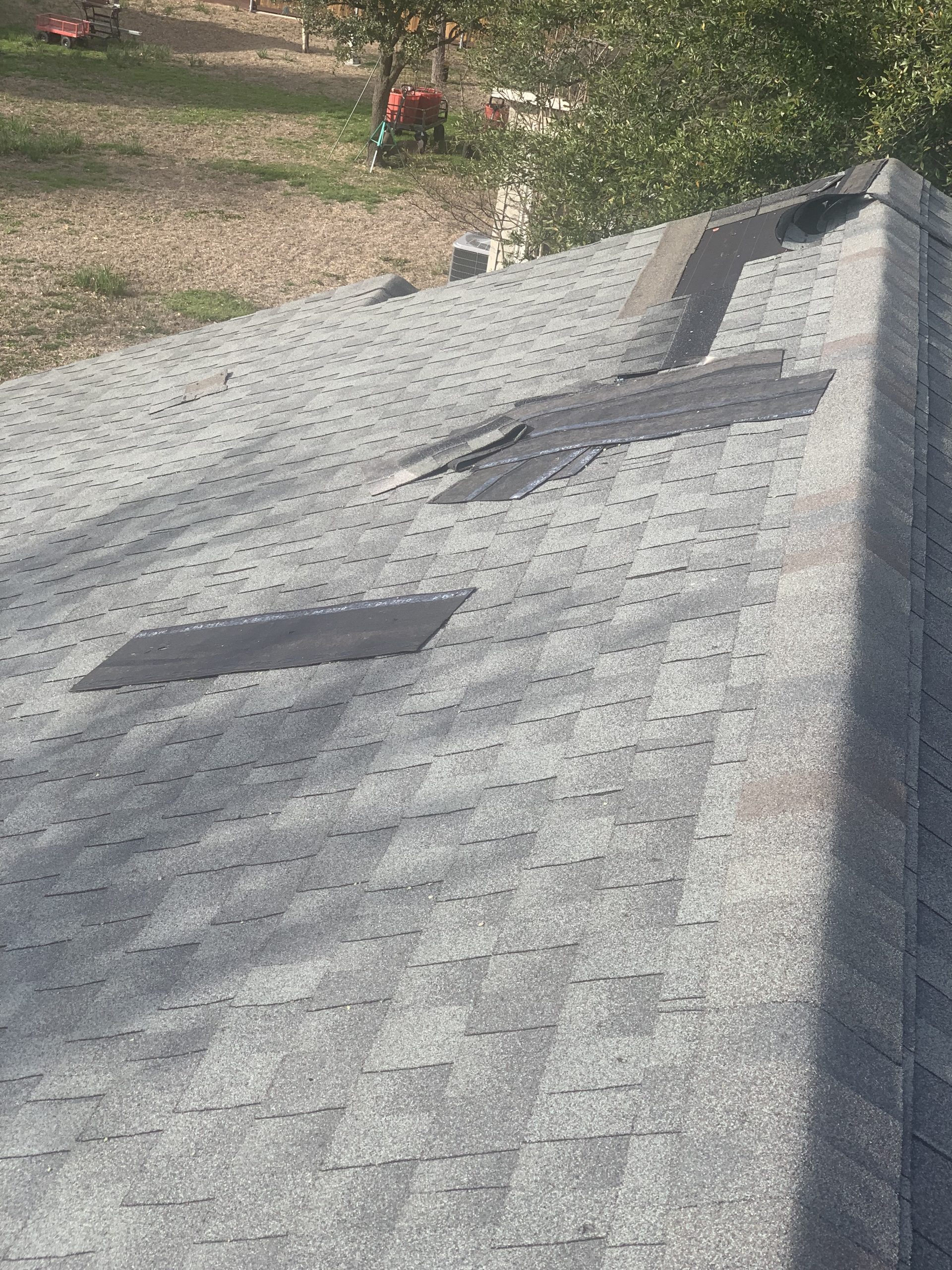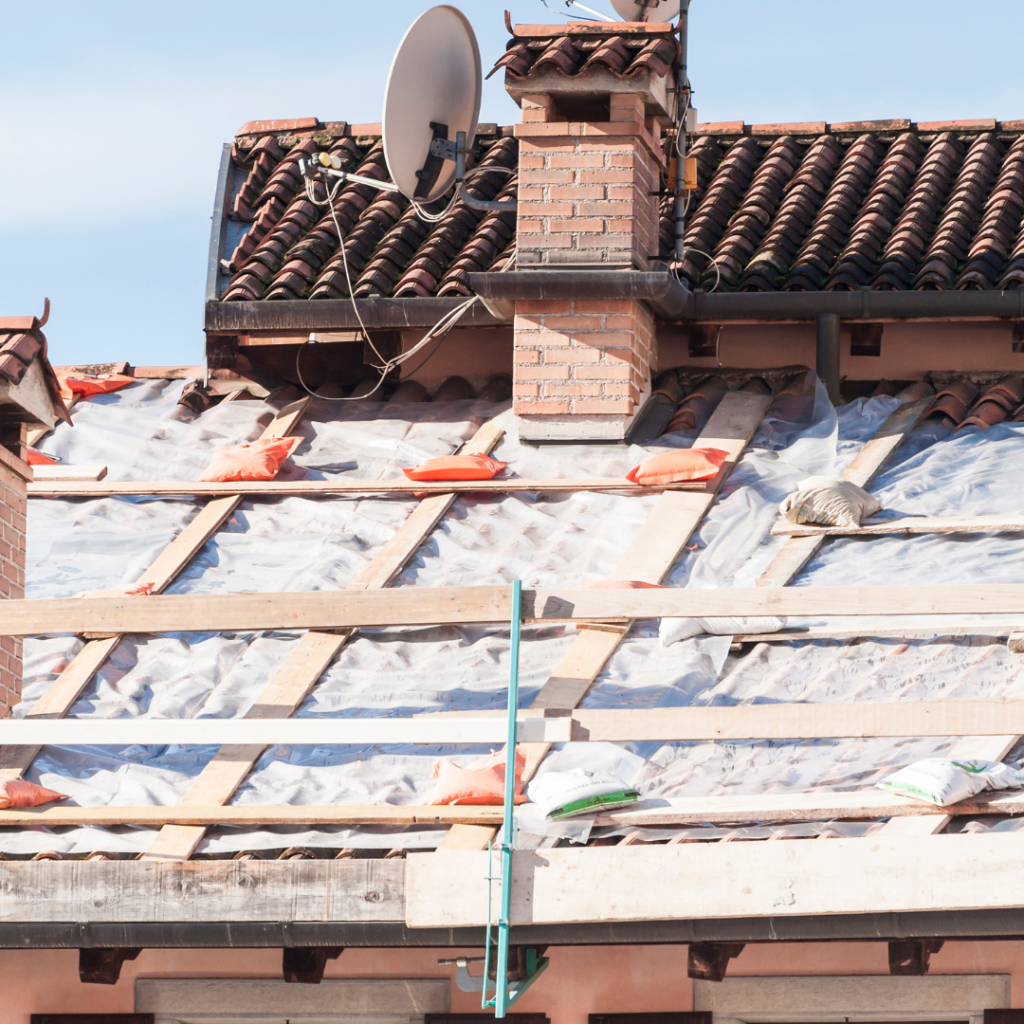Materials Used by Roofers on Flat Roofs: A Closer Look
Introduction
Flat roofs have gained immense popularity in both residential and commercial settings due to their sleek design and functional versatility. The materials used in flat roofing systems can significantly influence durability, maintenance needs, and overall performance. In this comprehensive article, we will dive deep into the various materials employed by roofers for flat roofs, discuss their benefits and drawbacks, and explore essential considerations that property owners should keep in mind when selecting a roofing material. If you’re seeking information on “flat roof repair near me” or looking for the “best commercial roofing contractor,” you’ve landed at the right place.
Materials Used by Roofers on Flat Roofs: A Closer Look
Flat roofs differ from traditional sloped roofs in various ways, including the materials used to construct them. Understanding these materials is crucial for anyone considering a flat roofing system or needing flat roof repair. The most common materials used include:
1. Built-Up Roofing (BUR)
What is Built-Up Roofing?
Built-Up Roofing (BUR) is one of the oldest types of flat roofing systems available. It consists of multiple layers of bitumen (asphalt) alternating with reinforcing fabrics.
Components of BUR
- Base Sheet: Provides support for the layers above.
- Bitumen Layers: Usually made from asphalt; these layers provide waterproofing.
- Surfacing: Can be gravel or a reflective coating to protect against UV rays.
Advantages of BUR
- Durable and long-lasting when properly maintained.
- Excellent waterproofing capabilities.
Disadvantages of BUR
- Installation can be labor-intensive and time-consuming.
- Heavyweight may not be suitable for all building structures.
2. Modified Bitumen Roofing
Understanding Modified Bitumen
Modified bitumen roofing is an evolution of built-up systems but uses polymer-modified asphalt for enhanced flexibility and durability.
Types of Modified Bitumen Systems
- APP (Atactic Polypropylene): Offers superior UV resistance.
- SBS (Styrene-Butadiene-Styrene): Provides better elasticity.
Benefits of Modified Bitumen
- Easier installation methods such as torch-applied or self-adhered options.
- Greater resistance to temperature fluctuations compared to traditional BUR.
3. Single-Ply Membrane Roofing
What are Single-Ply Membranes?
Single-ply membranes are thin sheets made from synthetic materials that provide robust waterproofing.
Types of Single-Ply Membranes
- TPO (Thermoplastic Olefin): Known for its energy efficiency.
- EPDM (Ethylene Propylene Diene Monomer): Highly durable and flexible.
Pros and Cons of Single-Ply Membranes
Pros:
- Lightweight and easy to install.
- Resistant to UV radiation and ozone degradation.
Cons:
- May require more frequent inspections than other systems.
4. Spray Polyurethane Foam (SPF)
Overview of SPF Roofing Systems
SPF involves spraying a liquid foam that expands into a solid layer upon application, creating a seamless waterproof barrier.
Key Features of SPF Systems
- Self-adhering properties prevent leaks.
Advantages of SPF Roofing
- Excellent insulation properties can reduce energy costs.
5. Green Roof Systems
Understanding Green Roofs
Green roofs integrate vegetation into the roofing system, providing insulation while improving air quality.

Benefits of Green Roofs
- Environmentally friendly choice; supports biodiversity.
6. Concrete Flat Roofing
Overview
Concrete roofs are typically utilized in commercial buildings thanks to their longevity and sturdiness.
Benefits
Concrete roofs offer excellent fire resistance but require adequate drainage solutions.
7. Metal Flat Roofing
Understanding Metal Roofing
Metal panels or shingles can be used on flat roofs, offering excellent durability and aesthetic Commercial flat roofing services in Dallas, TX appeal.
Pros and Cons
Metal roofs are lightweight but may require additional insulation due to heat conduction properties.
8. Choosing the Right Material: Factors to Consider
When it comes to selecting the best material for your flat roof, there are several critical factors you should evaluate:
Climate Considerations
Consider how local climate conditions affect different materials’ performance over time—particularly heat absorption, UV exposure, and moisture retention.
Building Structure
Ensure that the chosen material aligns with your building’s structural integrity requirements; some heavier options may not suit all designs.
9. Cost Implications
Understanding cost implications is essential when deciding which material suits your budget while still meeting quality standards:
| Material Type | Average Cost per Square Foot | |---------------------|------------------------------| | Built-Up Roofing | $3 - $6 | | Modified Bitumen | $4 - $8 | | Single-Ply Membrane | $5 - $10 | | Spray Polyurethane Foam | $3 - $7 |
10. Installation Process: What to Expect
Regardless of your choice in flat roofing material, understanding the installation process is vital:
11. Maintenance Tips for Flat Roofs
Regular maintenance can extend the lifespan of your flat roof significantly:
12 FAQ Section
Q1: What is the best material for a flat roof?
A1: The best material depends on individual needs but single-ply membranes like TPO are popular due to their energy efficiency and ease of installation.
Q2: How long does a flat roof last?
A2: Depending on the material, flat roofs can last anywhere from 15 years up to several decades with proper maintenance!
Q3: Do I need a commercial roofing contractor for repairs?


Q4: What’s involved in a typical flat roof repair?
A4: Repairs generally involve thorough inspections followed by identifying damaged areas before applying appropriate patching techniques based upon specific damage types present within those regions identified previously during assessment phases undertaken earlier within this process outlined here today!
Q5: Is green roofing worth it?
A5: Absolutely! Beyond aesthetic appeal alone green roofs provide unmatched environmental benefits alongside increased energy efficiency metrics surpassing traditional counterparts found within marketplace offerings available today!
Q6: How often should I inspect my flat roof?
A6: It’s ideal to conduct inspections at least twice annually—more frequently if you live in areas prone to severe weather conditions!
Conclusion
In conclusion, choosing the right material for your flat roof can save you money in repairs over time while enhancing energy efficiency throughout seasons year-round! Understanding each option’s advantages helps inform decisions when seeking assistance from local commercial roofing contractors near me who specialize specifically within this domain! So whether you’re searching online under terms like “flat roof repair companies near me” or “commercial roofing Dallas,” rest assured that knowledge leads toward informed choices resulting ultimately in lasting solutions tailored perfectly towards individual needs unique unto yourselves personally!